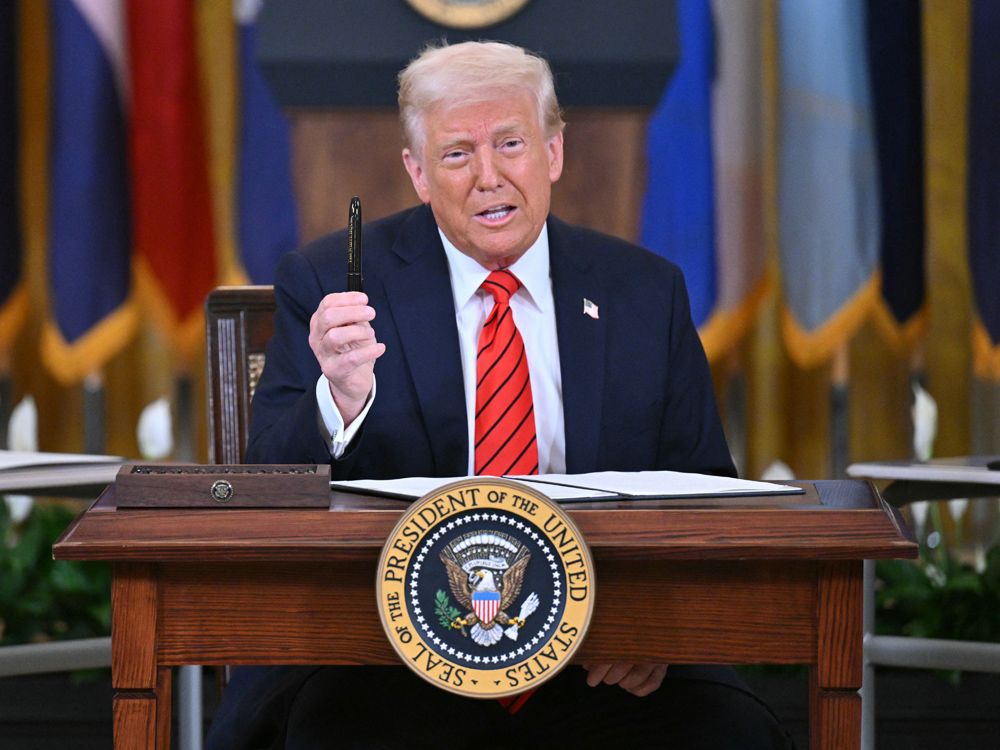Critical Minerals: Trump Invokes Emergency Powers – A Deep Dive into National Security and Supply Chains
Introduction:
Former President Donald Trump's invocation of emergency powers regarding critical minerals in 2020 sent shockwaves through the global economy. This move, aimed at bolstering domestic production and reducing reliance on foreign suppliers, highlighted the strategic importance of these materials and the vulnerabilities inherent in existing supply chains. This article delves into the specifics of the executive order, its implications, and the ongoing debate surrounding critical mineral security.
Understanding Critical Minerals: More Than Just Metals
Critical minerals are non-fuel mineral resources essential for modern technology and national security. These aren't just your average metals; they are the building blocks of everything from smartphones and electric vehicles to military equipment and renewable energy technologies. Examples include:
- Lithium: Crucial for batteries in electric vehicles and energy storage.
- Cobalt: A key component in lithium-ion batteries.
- Rare earth elements (REEs): Used in magnets, electronics, and defense systems.
- Nickel: Essential for stainless steel and electric vehicle batteries.
- Graphite: A vital component in lithium-ion batteries.
The geographical distribution of these minerals is uneven, with many countries heavily reliant on imports, primarily from China. This dependence creates significant economic and geopolitical risks.
Trump's Executive Order: A Response to Strategic Vulnerabilities
In 2020, President Trump invoked the Defense Production Act (DPA) to address concerns about the nation's reliance on foreign sources for critical minerals. The executive order aimed to:
- Boost domestic production: Incentivizing the exploration, mining, and processing of critical minerals within the United States.
- Diversify supply chains: Reducing dependence on single or unreliable sources.
- Strengthen national security: Ensuring access to these essential materials for defense applications.
The DPA and its Implications:
The Defense Production Act, originally enacted during the Korean War, grants the President broad authority to expand domestic production capabilities of materials deemed essential for national defense. Trump's invocation of the DPA under the guise of critical mineral security had far-reaching consequences, prompting debate about:
- Government intervention: The appropriate level of government involvement in the mining and processing industries.
- Environmental regulations: Balancing national security needs with environmental protection.
- Economic competitiveness: The potential impact on the US economy and its competitiveness in the global market.
The Ongoing Debate: National Security vs. Global Trade
The debate surrounding critical minerals extends beyond the specific actions taken under the Trump administration. The core questions remain:
- How can the US secure a reliable supply of critical minerals while upholding international trade agreements?
- What is the optimal balance between domestic production and strategic partnerships with other countries?
- What role should technological innovation play in reducing reliance on scarce minerals?
Finding Sustainable Solutions:
Addressing these questions requires a multifaceted approach involving:
- Investment in research and development: Developing new technologies to reduce reliance on certain critical minerals or find substitutes.
- Strategic partnerships: Collaborating with allied nations to secure diverse and reliable supply chains.
- Responsible sourcing: Promoting ethical and sustainable mining practices.
- Recycling and reuse: Maximizing the recovery and reuse of critical minerals from end-of-life products.
Conclusion: A Critical Issue for the Future
The issue of critical minerals is not a fleeting concern; it is a long-term strategic challenge with significant implications for national security, economic stability, and technological advancement. While the executive order under President Trump was a bold step, the long-term solution requires a collaborative, nuanced approach that balances national interests with global cooperation and sustainable practices. The debate continues, but the urgency of securing a reliable supply of critical minerals remains paramount.
Further Reading: [Link to relevant government report on critical minerals] [Link to academic article on critical mineral supply chains] [Link to a news article on current developments in critical minerals]
